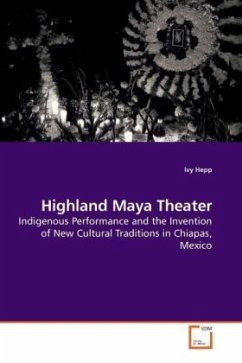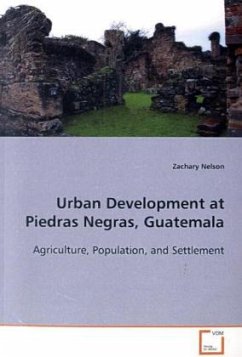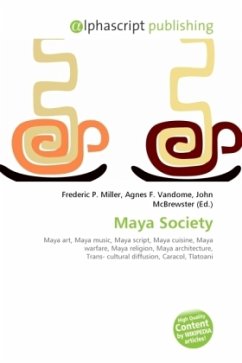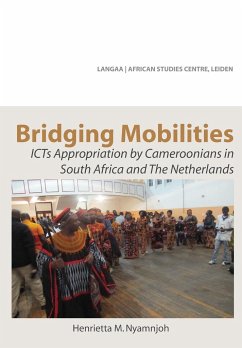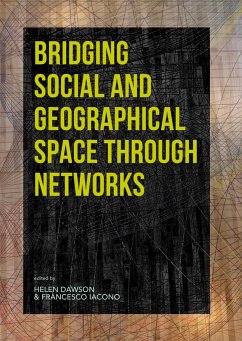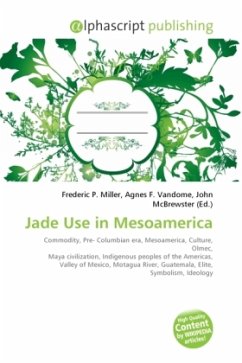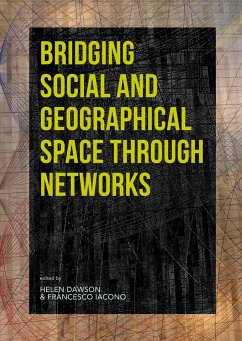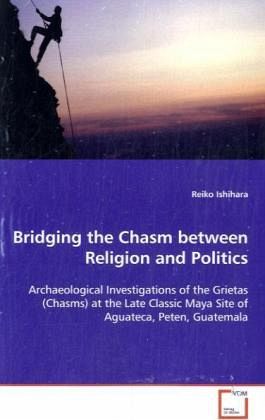
Bridging the Chasm between Religion and Politics
Archaeological Investigations of the Grietas (Chasms) at the Late Classic Maya Site of Aguateca, Peten, Guatemala
Versandkostenfrei!
Versandfertig in 6-10 Tagen
51,99 €
inkl. MwSt.

PAYBACK Punkte
26 °P sammeln!
This book presents the findings of the archaeologicalinvestigations conducted in the Grieta Principal(Main Chasm in Spanish), a large chasm that runsthrough the middle of the Late Classic Maya site ofAguateca, Peten, Guatemala. The central location ofthe chasm, in addition to the incorporation of thefeature in the place name glyph, suggest itsreligious importance to the local people. Theobjectives of the study consisted of examining thenature of chasm use, spatial and temporaltransformations in use, and how practices in thechasm correlated with the historical processes of thedynasty and the Ag...
This book presents the findings of the archaeological
investigations conducted in the Grieta Principal
(Main Chasm in Spanish), a large chasm that runs
through the middle of the Late Classic Maya site of
Aguateca, Peten, Guatemala. The central location of
the chasm, in addition to the incorporation of the
feature in the place name glyph, suggest its
religious importance to the local people. The
objectives of the study consisted of examining the
nature of chasm use, spatial and temporal
transformations in use, and how practices in the
chasm correlated with the historical processes of the
dynasty and the Aguateca inhabitants.
This research expands the current field's
understanding of the definition of a "cave" in Maya
religion. The data point to a principal use as a
place where ritual practices were performed inside
the chasm. It is plausible that the chasm served a
focal position in establishing the "sacred landscape"
that agreed with a cosmologically significant spatial
configuration. More importantly, however, this study
attempts to elucidate social negotiations revolving
around the dynamic production of landscape.
investigations conducted in the Grieta Principal
(Main Chasm in Spanish), a large chasm that runs
through the middle of the Late Classic Maya site of
Aguateca, Peten, Guatemala. The central location of
the chasm, in addition to the incorporation of the
feature in the place name glyph, suggest its
religious importance to the local people. The
objectives of the study consisted of examining the
nature of chasm use, spatial and temporal
transformations in use, and how practices in the
chasm correlated with the historical processes of the
dynasty and the Aguateca inhabitants.
This research expands the current field's
understanding of the definition of a "cave" in Maya
religion. The data point to a principal use as a
place where ritual practices were performed inside
the chasm. It is plausible that the chasm served a
focal position in establishing the "sacred landscape"
that agreed with a cosmologically significant spatial
configuration. More importantly, however, this study
attempts to elucidate social negotiations revolving
around the dynamic production of landscape.



